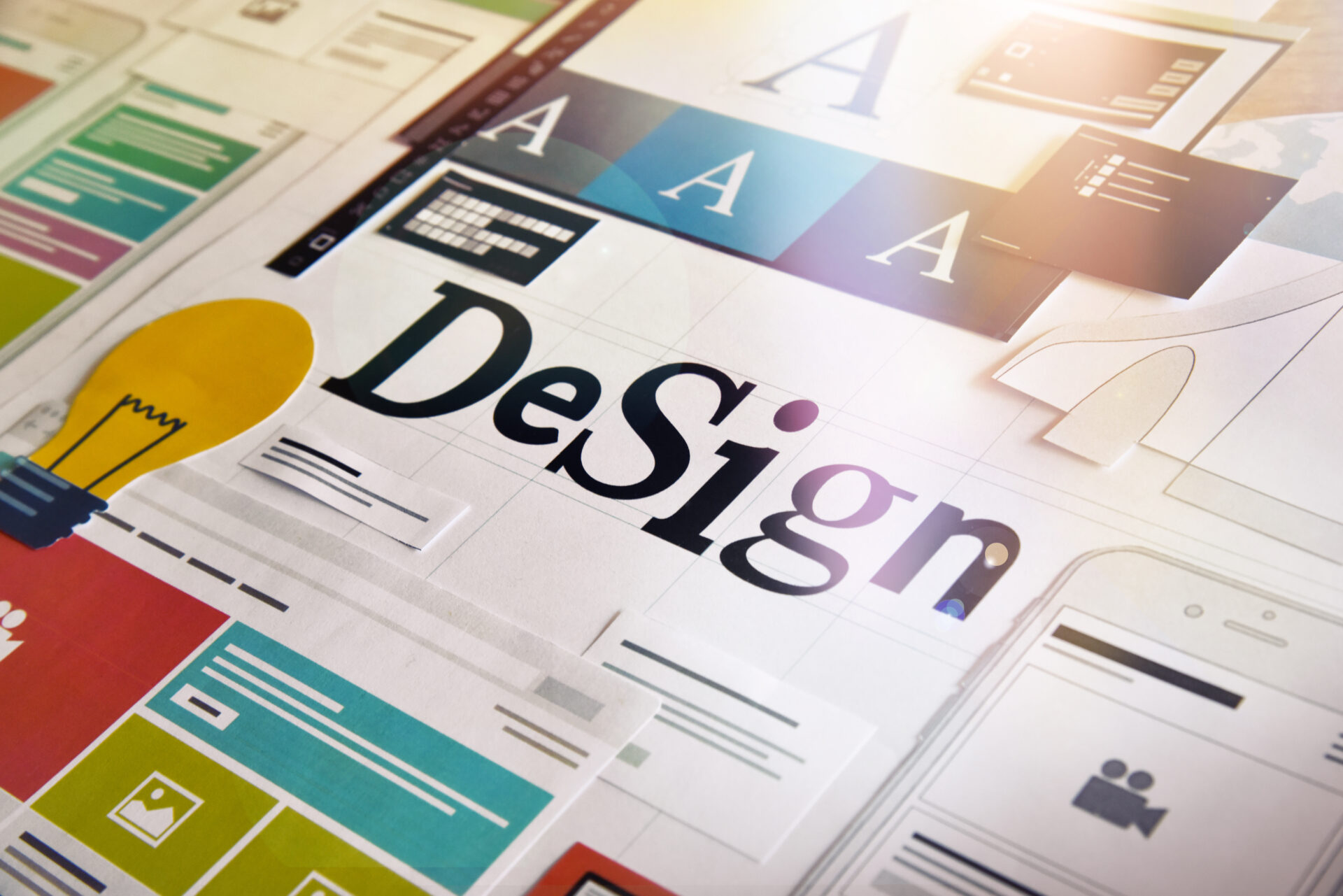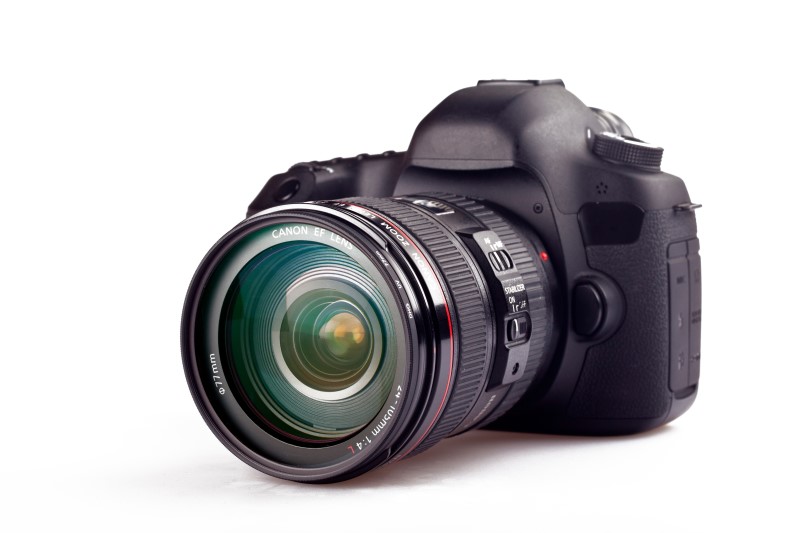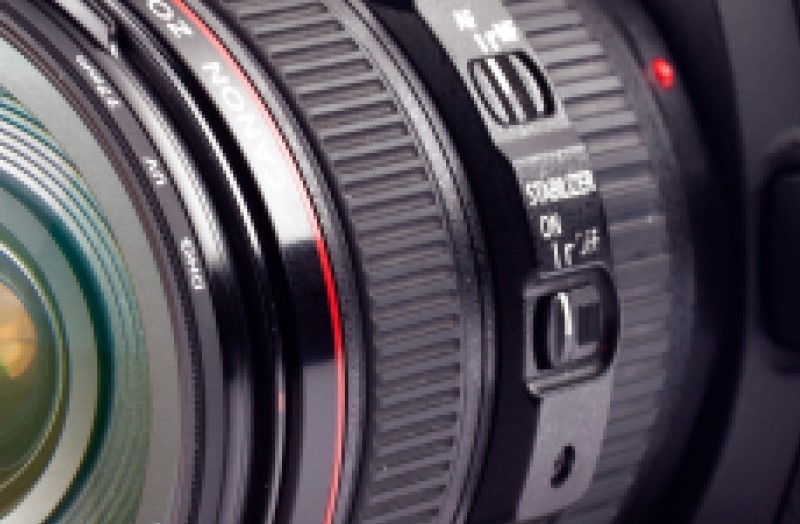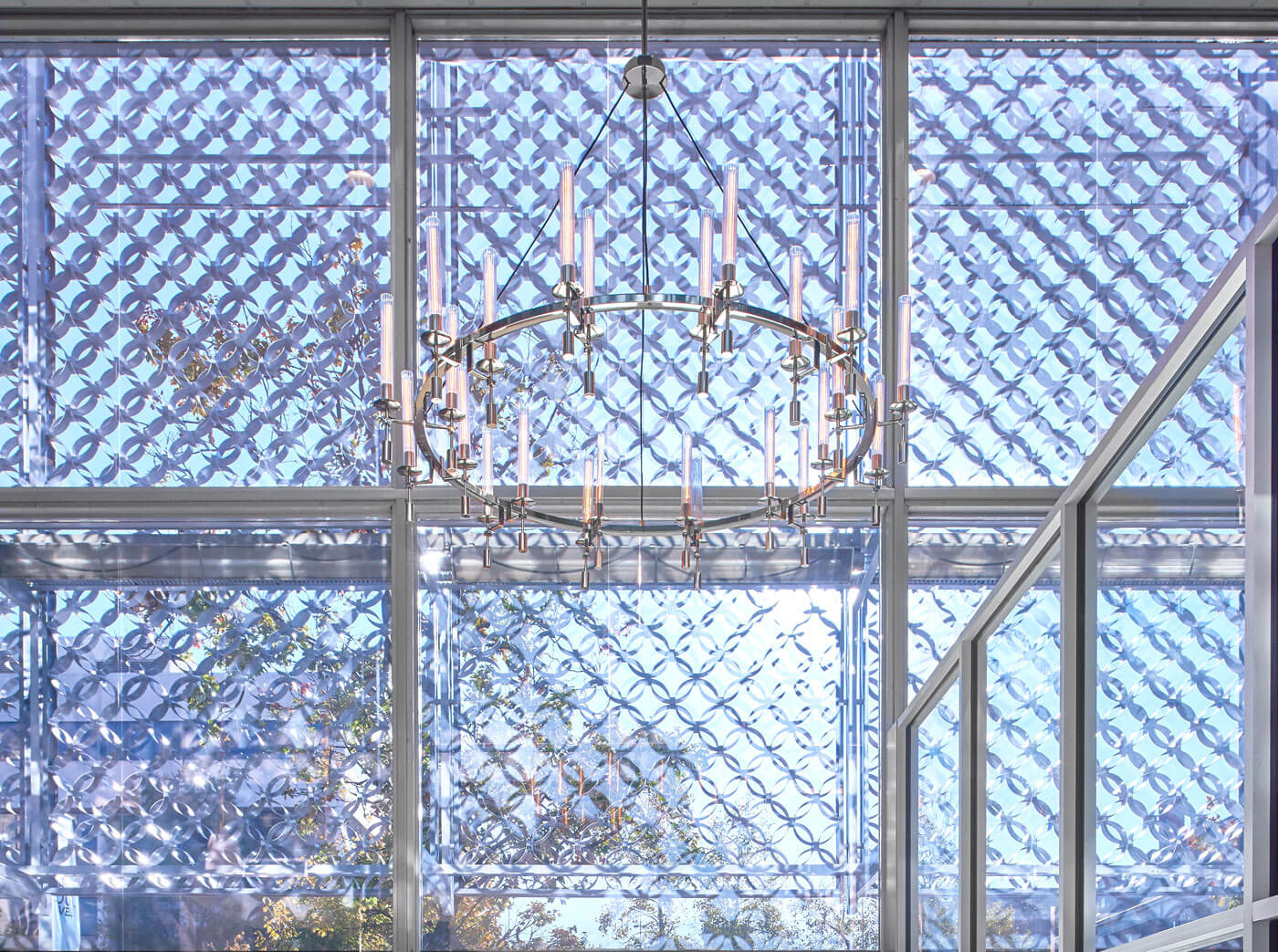
As we’ve said in our blog articles for a few months, design is essential. It plays a role in any marketing materials you choose for your company, your website, even the layout of your sales floor, or the uniforms your employees wear.
As we wrap up our extensive series of graphic design posts, we want to close out with short definitions of some graphic design terms you may encounter when working with a designer to develop a new logo, website, marketing piece, or other design-focused collateral.
In this article, we’ll provide a short glossary of important graphic design terms, their meaning, and how they play into crafting the perfect design for your project.
Negative Space
Also called “white space” (even when it isn’t white), negative space is simply the portions of a design that don’t contain any design elements. While it may seem like the space where you don’t place any elements is unimportant, the proper use of negative space can make or break a design project.
While packing as much “stuff” as possible into a design may ensure the maximum content for an ad or webpage, it also ensures a cluttered, busy design that is difficult to read or navigate and has significantly less impact than a design that properly uses negative space.
If you think of a design as a piece of music, the negative space is the rests, the moments of silence between each note. Without these breaks, a piece of music would become chaotic, just a jumble of various noises mixed together. The rests provide structure, just as much as the notes do. A design works the same way – the negative space helps structure the design and allows the elements some room to breathe.
Balance
A good design is “balanced.” What does that mean? It means that the “weight” of the various design elements in a piece is distributed evenly around the design.
“Well, that’s great – what do you mean by weight?” Great question. Elements in a design have varying weights based on many factors. All other things being equal,
- A larger element is heavier than a smaller one.
- A darker or brighter element is heavier than a lighter or duller one.
- Larger lettering is heavier than smaller lettering.
- Dense text is heavier than sparse text.
- More opaque objects are heavier than more transparent objects.
When looking at a design overall, you’ll usually be able to “feel” when something looks out of balance, even if you’re not a trained designer. You may not know exactly what feels “wrong” about a particular design, but if it’s poorly weighted, it will feel awkward, and your eye will keep searching for balance by skipping around the piece. By moving things around, varying the elements’ sizes, and ensuring roughly similar amounts of “weight” exist across the design, a designer can remove that feeling of awkwardness and bring a design into balance.
Hierarchy
If you ever took a journalism class in high school or college, you remember hearing about the “inverted pyramid,” the guideline for writing news articles that has reporters listing the most critical information at the top of the story, narrowing it down to less important details towards the bottom of the piece.
Designs work in much the same way – but instead of simply placing a piece of information in a particular location based on its importance, a design hierarchy uses text size, color, and other design characteristics to put the information into a well-organized outline that helps readers read, understand, and process the information quickly and accurately.
This Is Important Information!
This Is Slightly Less Important Info That Follows Up on the Heading Above.
Here are some details about those first two headings, but if you skip this section, you can still glean what the writer is trying to say by just skimming the headings.
Here’s Some More Information About a Different Area
In this section, we’re discussing something that still relates to the main topic but differs from the first section. In this section, we’re going to talk about some other details, such as:
Detail #1
This is less vital than the heavier heading above, but we’ll explain it here. If you’re scanning, you should still get the gist of things, even if all you read is the headlines.
Detail #2
And we can keep using varying heading sizes and text formats to carry this outline down the page.
Logo
There’s no design piece more critical to a business than their logo. Your logo is a visual representation of your brand and its identity, serves to help customers recognize your products and services, and will be shown on just about every piece of collateral your company creates.
There is enough variety in logo designs and enough design thought that goes into creating a logo to fill a shelf full of books, but in essence, most logos consist of two parts: a wordmark and a symbol.
The wordmark is simply the company’s name, presented in some distinctive way. Creating the wordmark for a company involves selecting a font that communicates the brand identity or creating a customized lettering style that is entirely unique to that company.
The symbol is just what it sounds like – the symbolic element of a logo, whether it be a stylized representation of something the company sells (such as Planter’s anthropomorphic “Mr. Peanut”), an illustration of the company’s name (like Taco Bell’s bell logo), or even an abstract representation of the company’s ideals (Amazon’s “smile” represents happy customers, and the arrow at the end of the smile makes an arrow pointing “from A to Z,” demonstrating that the company sells everything).
Companies that enjoy the highest levels of brand recognition can often omit the wordmark and only use the symbol (when was the last time you saw the word “Apple” next to the computer company’s bitten-apple symbol?). Some will rely exclusively on a wordmark without a symbol attached.
For most companies, though, using the whole logo with the symbol and the wordmark is the best way to ensure that people will recognize and identify the logo with the correct company.
Resolution
Whenever you’re working with a designer or a web developer, you’ll hear a lot of talk about “resolution.” Unfortunately, real life isn’t like TV shows, where an image can be magically magnified to uncover previously obscured details. Because a digital photo is made up of small blocks of color called pixels, scaling up a photograph doesn’t enhance its quality; it just makes the individual pixels larger:


Simply put, an image’s resolution is a count of how many pixels it contains. The higher an image’s resolution:
- The more visual detail the image can contain
- The larger the image can be made without becoming pixelated
When you want to enlarge a photo or other image that isn’t a vector file (see below), you can only enlarge it to a certain point before it pixelates.
Vector Files
While a digital photograph or other image file is composed of individual pixels, a vector image is made up of shapes. Imagine a very simple image: a blue circle on a white background. While a digital photograph of the image is just a collection of pixels, some blue and some white, a vector image is nothing more than an instruction telling the computer to “Draw a white background with a blue circle on it.”
And that’s where the value of a vector image comes from: it can be scaled infinitely. If you want to scale up the image described above, all the computer has to do is draw a bigger white background with a bigger blue circle. It will automatically ensure that the two elements remain proportional to one another, that the colors remain consistent, etc., as it increases the size of the image, so there’s never any concern of pixelation.
Where vectors fall short is with recreating photographs; pixel-based image files are still the best way to handle photos.
Most people never have to deal with creating or editing a vector image. However, if a designer asks if you have a “vector” version of your logo or another illustration, this is what they’re asking for. You may or may not have a vector version, depending on how the illustration was created – if you do, it will probably have a file name ending with .ai, .eps, .pdf, or .svg.
If you don’t have a vector version of an important logo or illustration, you’re in luck! Contact us, and we can discuss our logo recreation service, in which our designers carefully reproduce your logo in vector form.
Whether You Need A New Logo, A Business Card, Or Some Swag To Give Away To Leads And Customers, Talk To The Design Pros At M&R Marketing! Call Us At 478-621-4491.
Our team of graphic designers can tackle any project and make it look good! With a broad base of experience, proven design talent, and the ability to convert your wishes into a polished, ready-to-use design, they’re your go-to experts for all things design. Ready to get started? Contact one of our friendly account managers today.
Did you love this article? Make sure you sign up for our monthly eNewsletter, so you never miss one.
We love good design, and we’re sharing that love this summer. From now through September, we’ll share tips, information, and best practices for using high-quality graphic design to build and promote your business.
Other posts in this series:
- 4 Ways Your Design Choices Can Help or Hurt Brand Perception
- Want to Spread Your Message? Don’t Ignore Your Message Design
- How Branding and Graphic Design Has Served Abbeville Commissioning in South Georgia
- How To Enhance Your Digital Ads with High-Quality Visuals
- What Do Your Brand Fonts Say to Your Audience?
- 4 Graphic Design Facts that Can Help Boost Business
- Does My Logo Design Really Matter? 3 Facts that Prove It Does
- Logo Trends to Consider When Branding Your Company
- Does Your Logo Need a New Look? 3 Signs You Need a Logo Redesign

